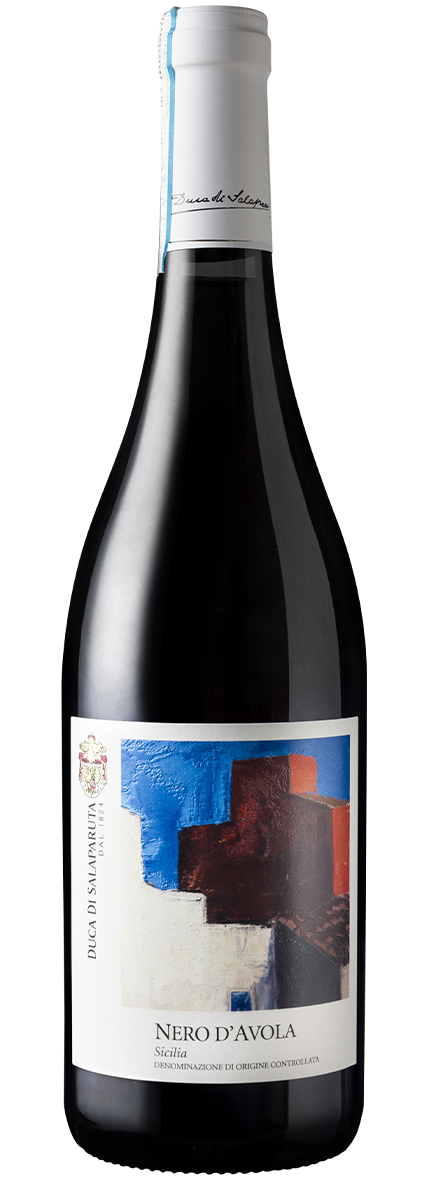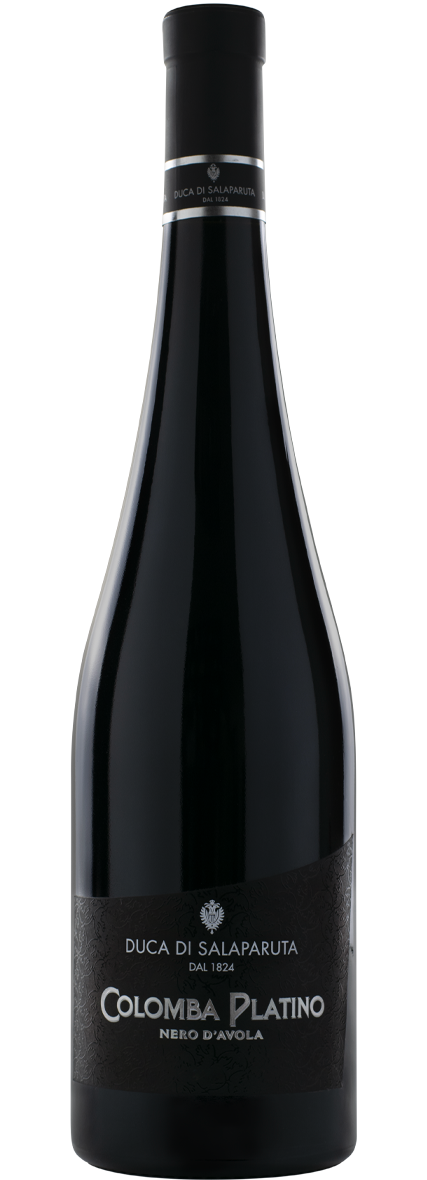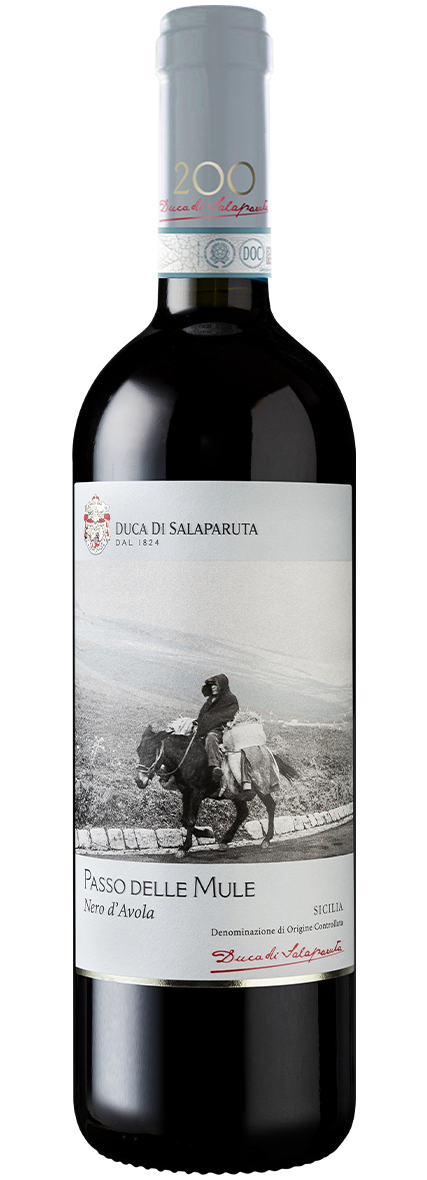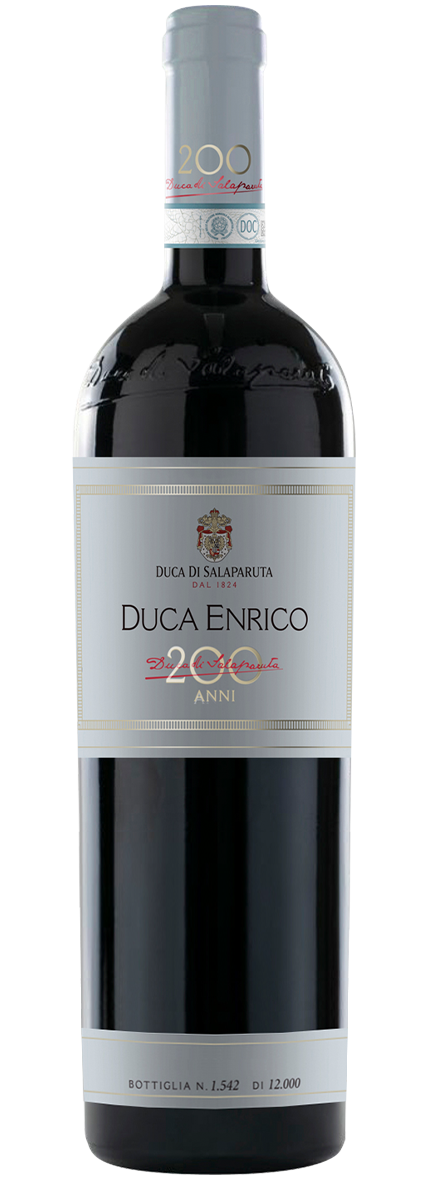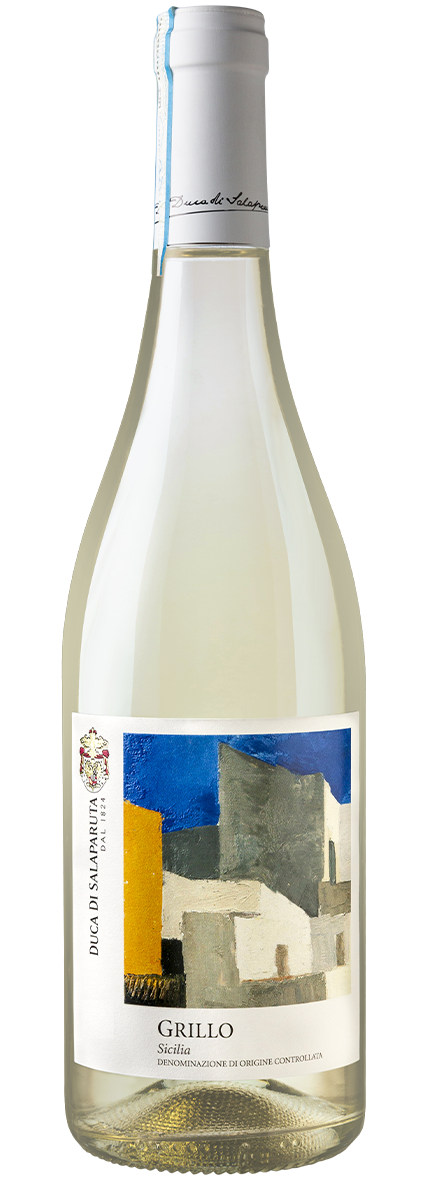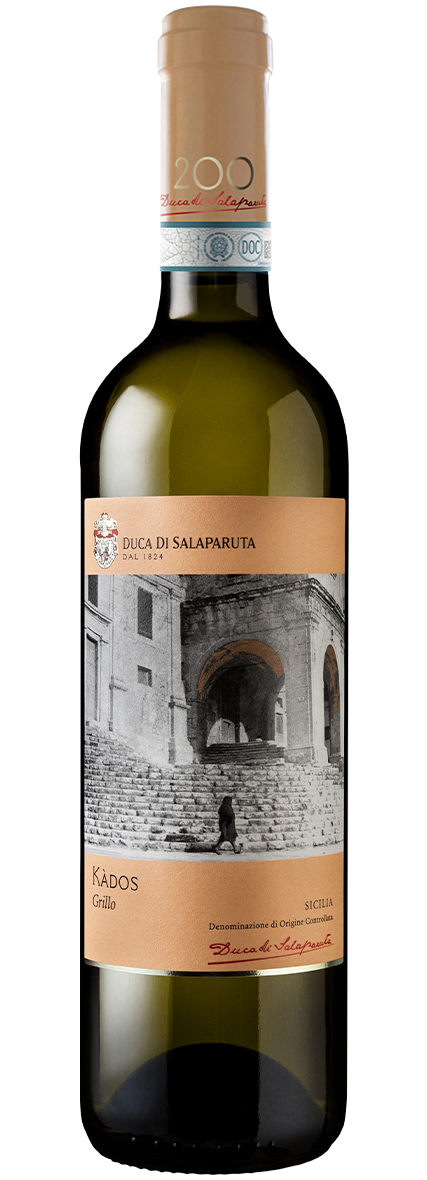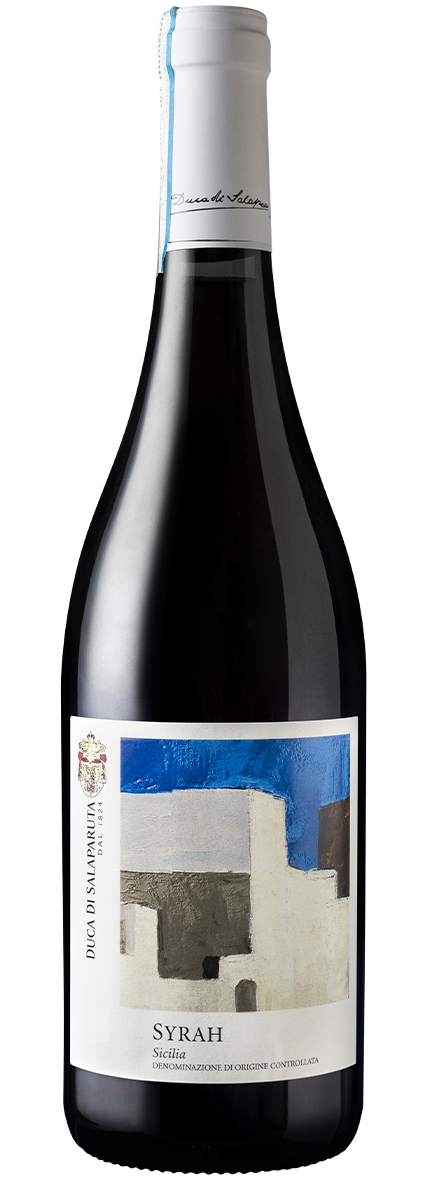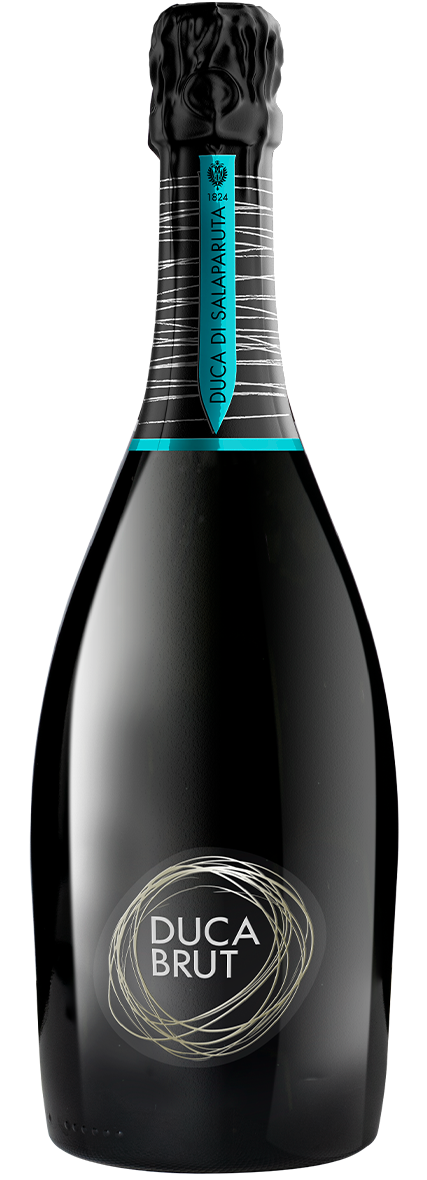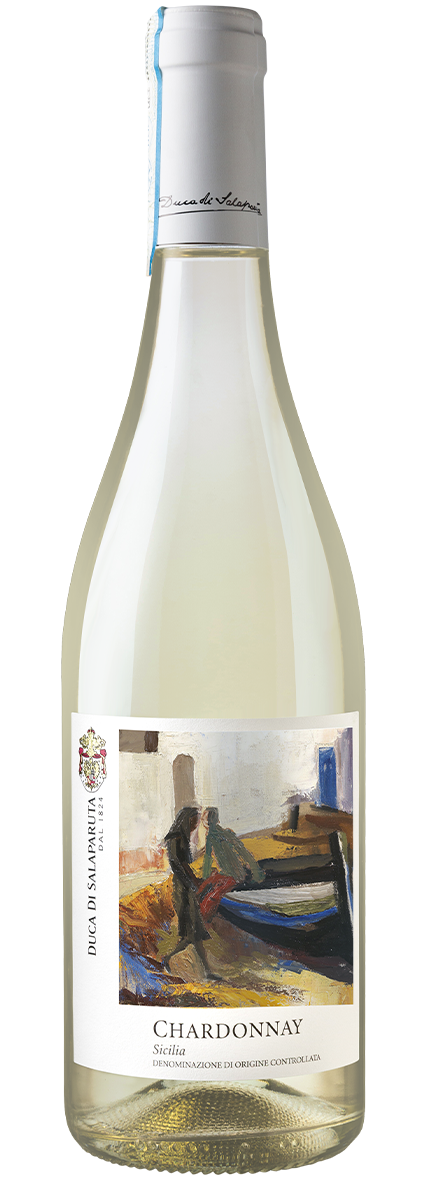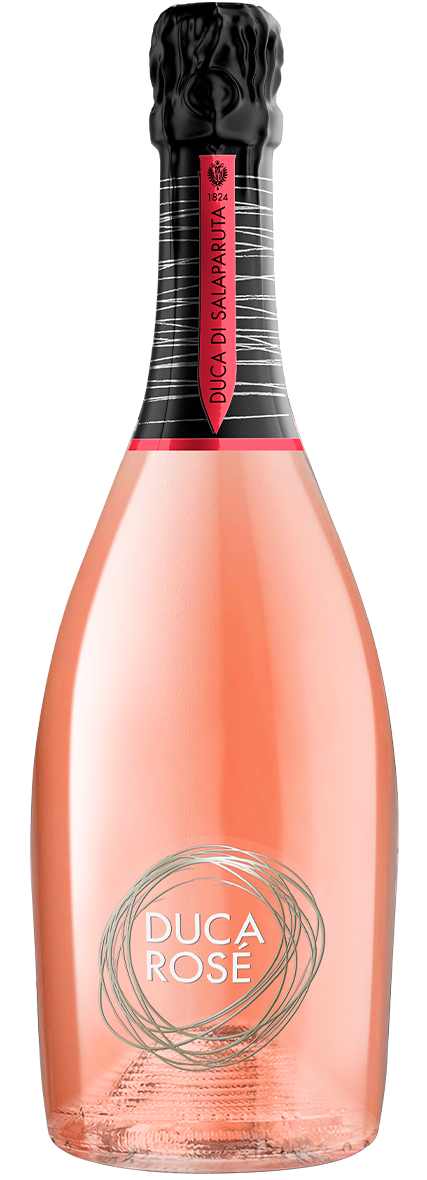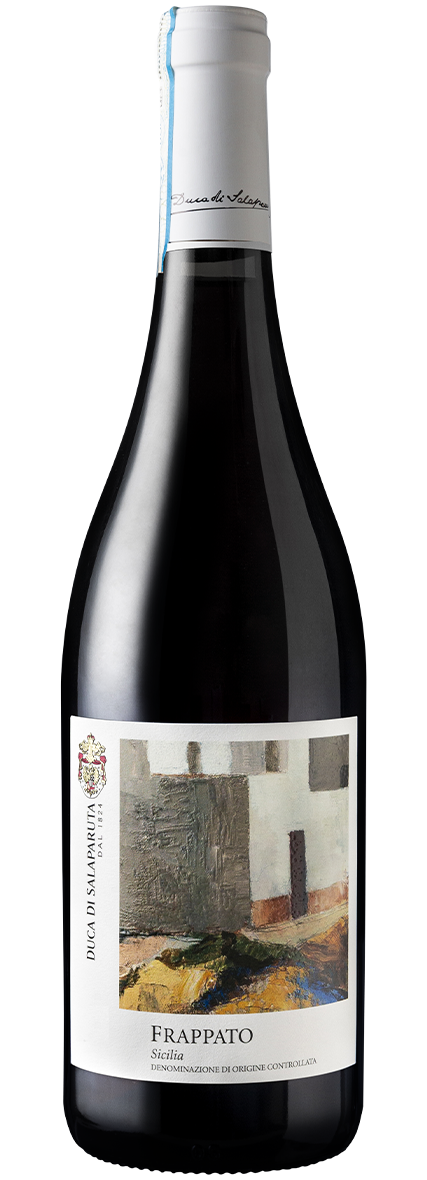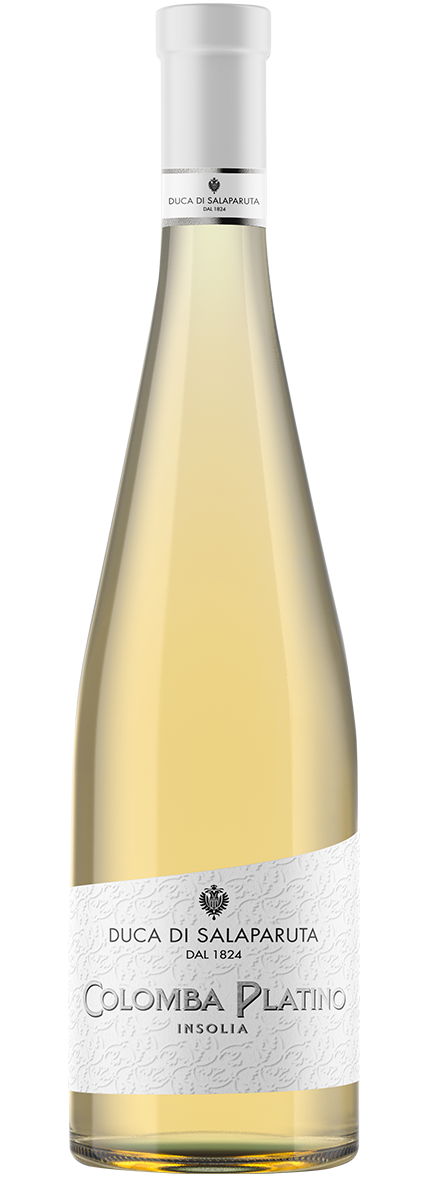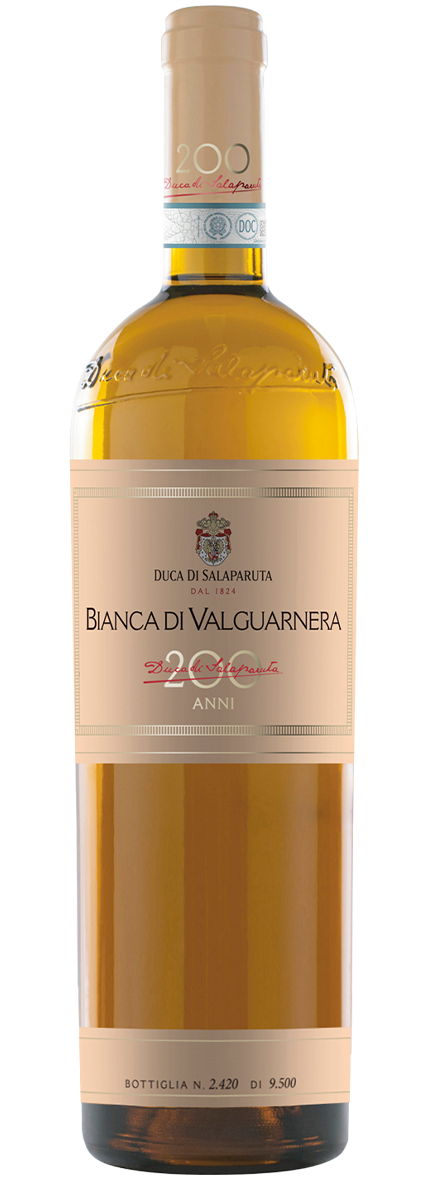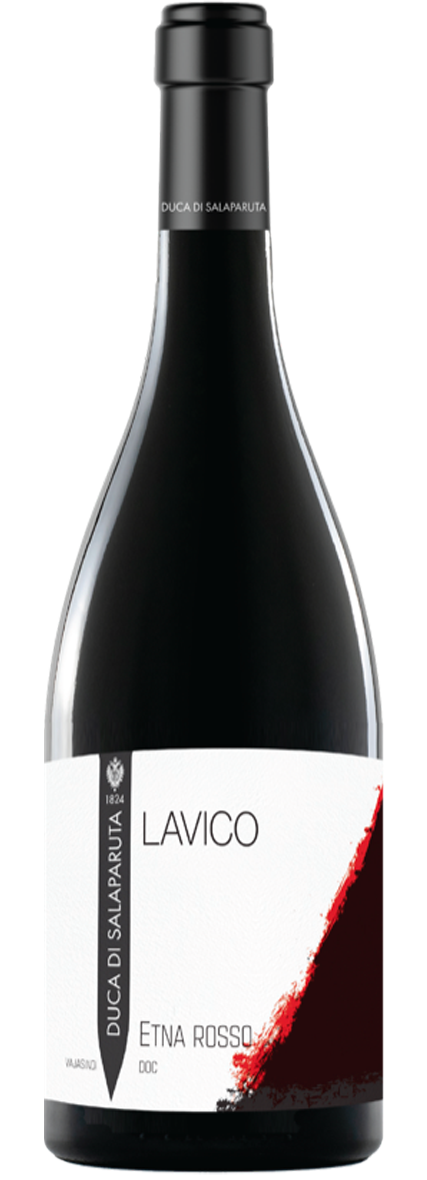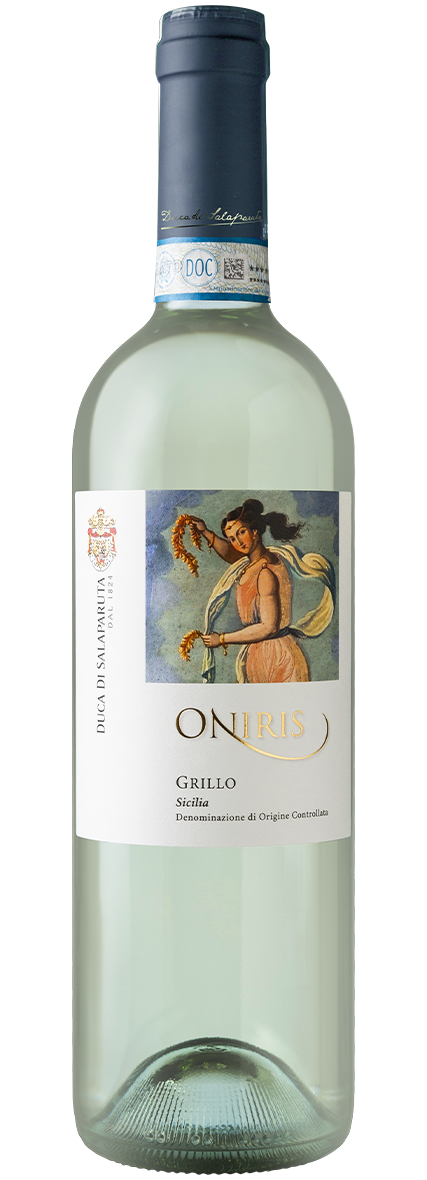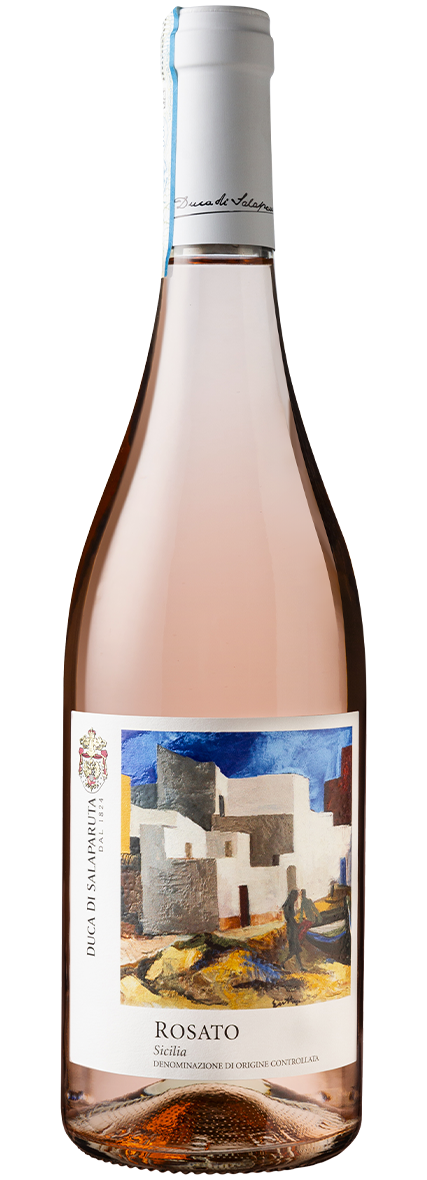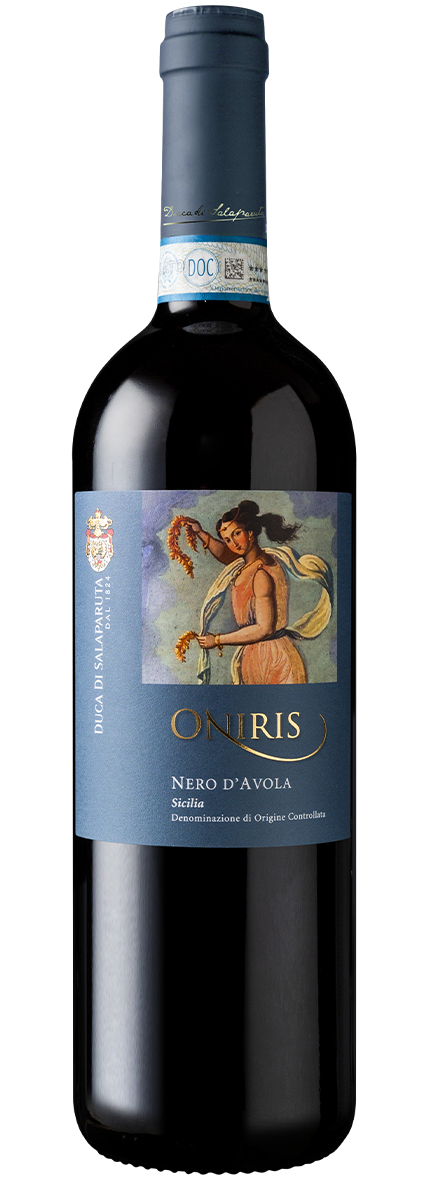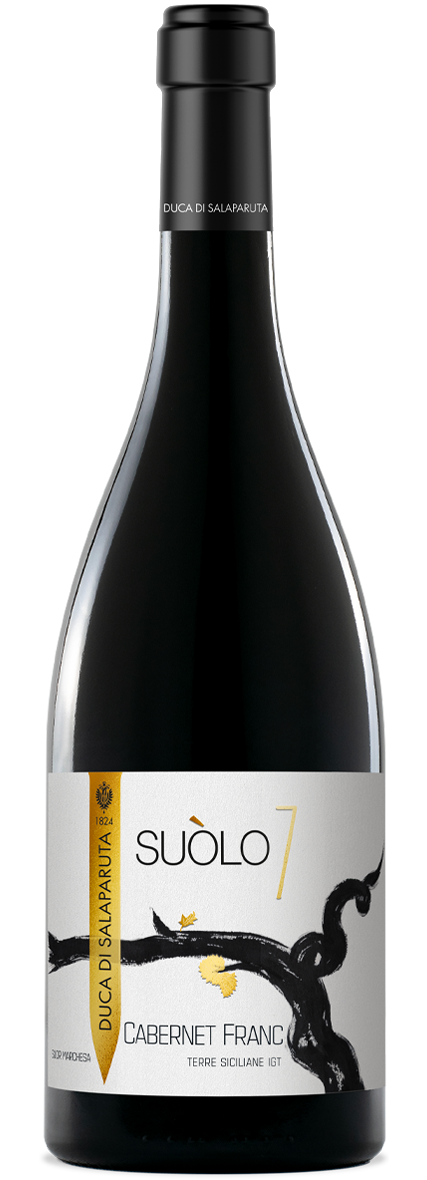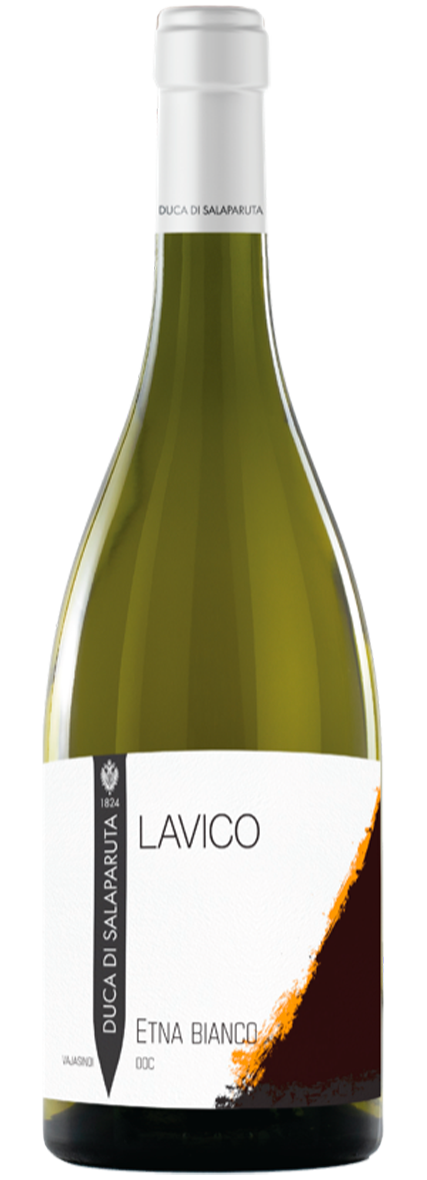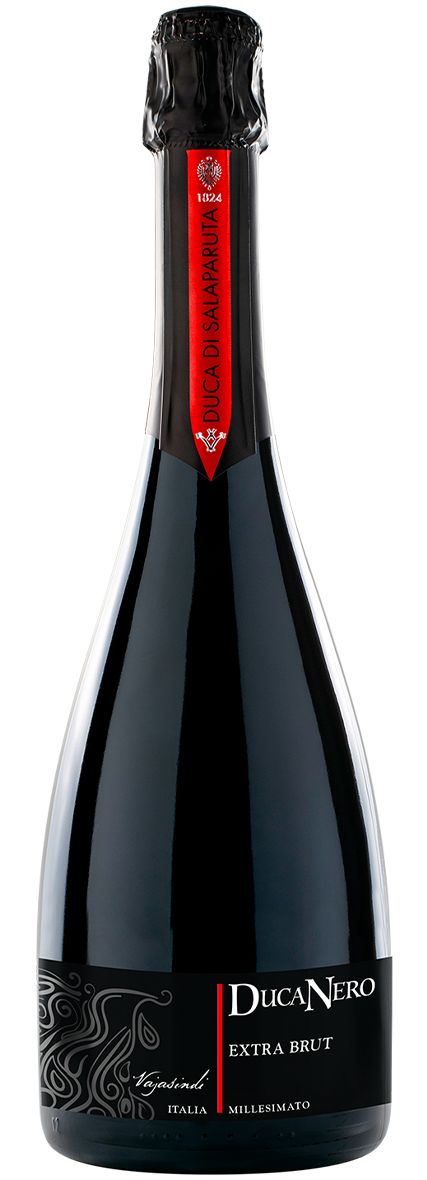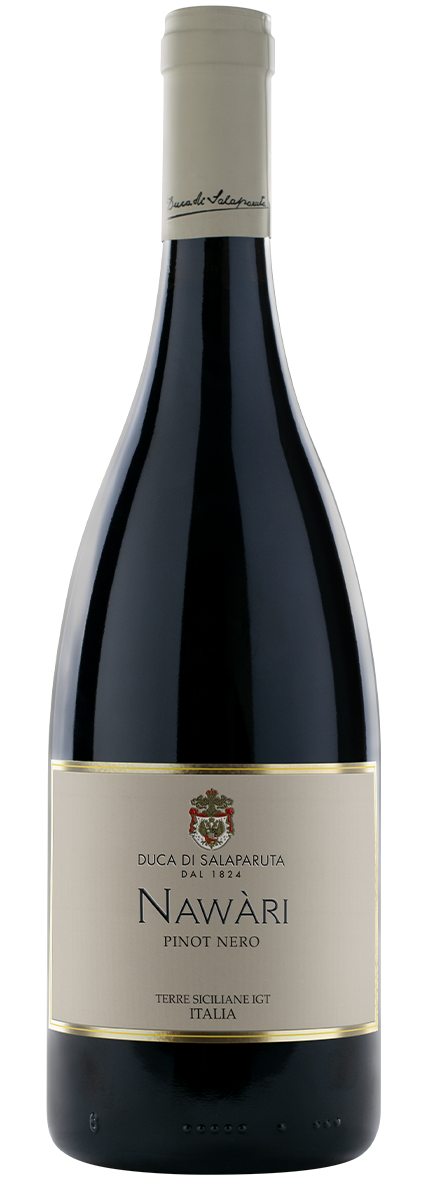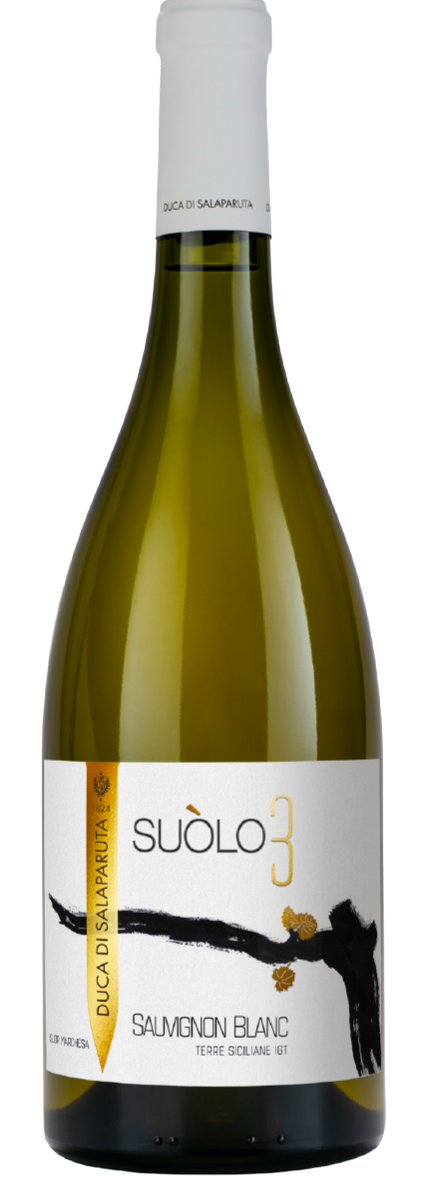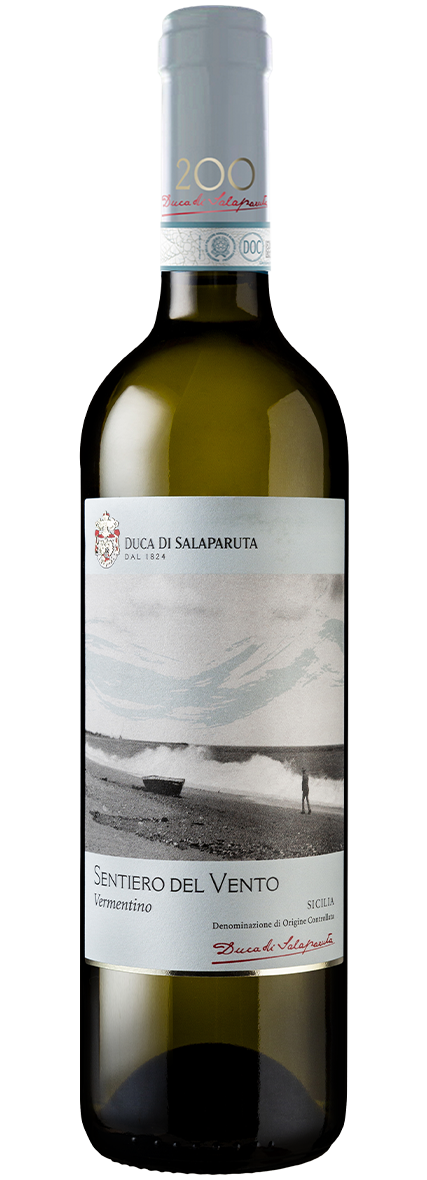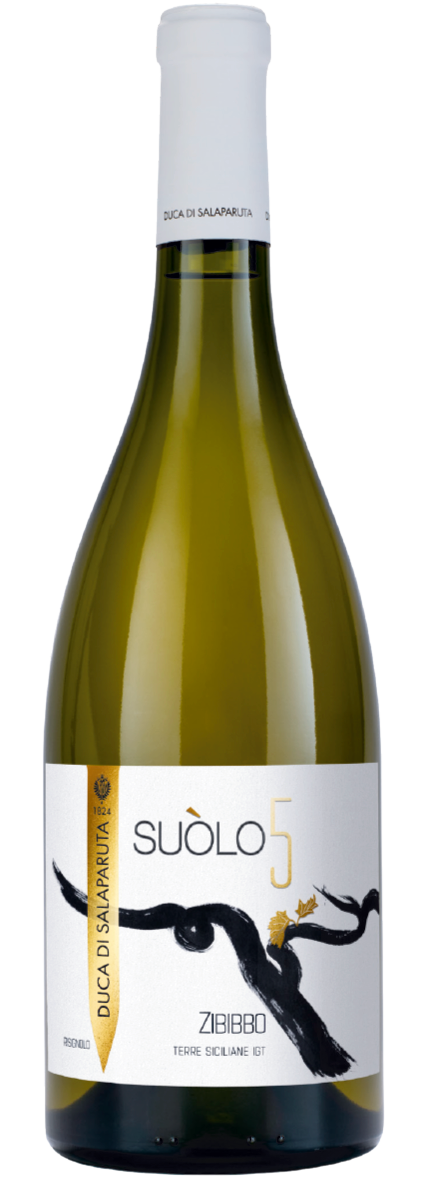Duca's Territories
Discover everything about the Duca di Salaparuta Group… from the choice of the best territories, to our favorite varieties, from the wonderful Estates to the fascination of the suggestive Cellars.
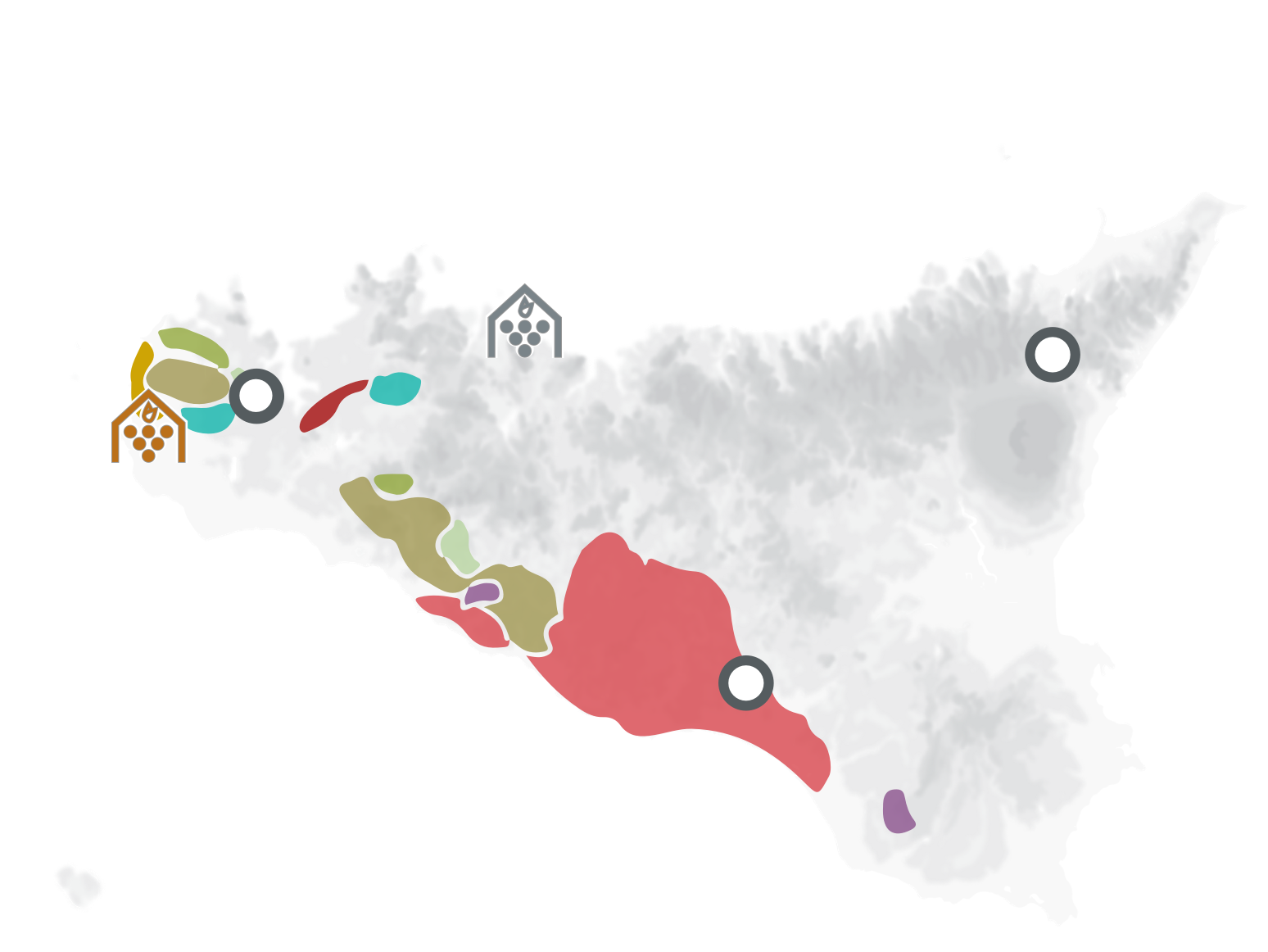
Nero d’Avola
An autochthonous black grape vine, among the best known in Sicily. Nero d'Avola is outstanding because it engenders wines with good acidity, rich in tannins and strong on body. Vinified with skill, it produces red wines of the highest quality, elegance and longevity. Cultivated in various parts of the island with very different results in terms of longevity and palate, its best vineyard locations are in mid-western and south-eastern Sicily. This is where the grapes are produced which later - vinified in purity or blended with other varieties - create harmonious wines, in some cases pleasant drunk young, in others austere and meditative. Its bouquet and refined Mediterranean palate are bold and direct, but never abrupt, hinting at fruity and spicy undertones. It produces medium to large clusters, with generally oval-shaped grapes of an intense bluish red colour. It is generally grown using alberello or espalier training methods.
Wines: Duca Enrico, Passo delle Mule, Triskelè, Calanìca Nero d'Avola and Merlot
Grillo
A white grape variety typical of the Marsala area, especially near the coastline, Grillo provides notable sugar concentration and a rich acidity. This characteristic, together with a propensity for aging unusual in white grapes, and an ability to generate wines with a high alcohol content, makes it particularly suitable for the production of marsala. This vigorous vine, however, can also be vinified in purity to produce wines of great organoleptic complexity, sapid and fresh, with grassy dry scents, best drunk young. The grapes are medium-large, yellow with green hues, and spherical in shape. Traditionally an alberello structure is applied, but sometimes a low espalier system is used.
Wines: Irmàna Grillo, Kados, Calanìca Grillo and Viognier, Star Grillo and Müller Turghau, all Florio Marsalas, Florio Spumante Brut
Syrah
A red grape variety with controversial origins, now cultivated all over the world. In Sicily it has found a territory which allows it to express itself well, thanks to its good resistance to climatic adversity, guaranteeing a low and constant production. Often used in blends with other varieties, such as Nero d'Avola, the wines it produces boast an intense and fruity aroma, with hints of small black fruits and spices, and bold black pepper accents. Persistent and soft on the palate, with a good structure and medium tannins. Small, oval grapes. The skin is blue, pruinose and not very consistent.
Wines: Calanìca Frappato and Syrah, Corvo Duetto Frappato and Syrah
Chardonnay
Originally from Burgundy, Chardonnay is an international white grape variety, grown in many parts of the world and used above all, but not only, for making sparkling wine. This grape variety, which generally offers generous and regular productivity, prefers warm and temperate climates, well-ventilated clay and hilly soils, but its incredible aromatic varieties emerge in different ways depending on the soil and climates in which it is grown. In Sicily this noble grape is bred mainly in the western part of the island, where it offers high acidity, delicately fruity perfumes and a harmonious and subtly sweet sensation on the palate, plus a fine aging potential. The bunch is medium-sized, tight, with small grapes characterised by a golden yellow colour with greenish shading.
Wines: Calanìca Insolia and Chardonnay, Star Insolia and Chardonnay, Duca Brut, Corvo Duetto Insolia and Chardonnay
Grecanico
White grapes of great use to producers of elegant and harmonious wines. Two types are grown in Sicily, differentiated by bunch density: one with loose bunches, cultivated around Trapani, and one with tighter clusters, grown in the rest of the island. Easy to grow, it is notably vigorous and offers high yields. A native vine introduced by the Greeks, Grecanico is pleasant, fresh and aromatic, rich in malic acidity. It features long cylindrical bunches, with small round grapes, yellow with green and pink hues in the parts exposed to the sun. It is grown in counter-espalier formation.
Wines: Duca Brut
Frappato
Frappato is an ancient native vine of uncertain origin, present throughout Sicily but whose areas of preference are the sunny zones of South-Eastern Sicily, in soils and microclimates traditionally suited to quality black grapes. The grape contains high levels of sugar and acidity, with a lowish production quantity that offers perfumed, fragrant wines, with fine acidity, soft and balanced tannins, extremely pleasurable on the palate. The cluster is pyramidal, very compact, with medium sized spherical grapes. Thick grape-skin, with a blue-violet colour. The vine is usually alberello-trained.
Wines: Calanìca Frappato and Syrah, Irmàna Nero d’Avola and Frappato, Corvo Duetto Frappato and Syrah
Insolia
A well-known and much appreciated grape in Sicily since pre-phylloxera times, due to its consistency, its varietal character and its softness. An ancient native vine, bred mainly in western Sicily in the provinces of Agrigento, Palermo and Trapani, its grapes engender wines with a proud and sensitive personality. The grapes feature low acidity accompanied by low sugar content. The vine’s yield is significantly affected by the territory in which it is grown and by its proximity to the sea, while the choice of harvest timing influences its personality. Large clusters with firm, solid grapes of a golden yellow colour.
Wines: Bianca di Valguarnera, Colomba Platino, Calanìca Insolia and Chardonnay, Star Insolia and Chardonnay; Corvo Duetto Insolia and Chardonnay
Nerello Mascalese
A red grape variety from the Etna area, where it has been cultivated for centuries on land made rich by ancient lava flows, Nerello Mascalese offers acidity, elegant tannins and a mineral component – heritage of this unique volcanic land – that sustains its refined and elegant aromatic properties. The altitude, cool climate and accentuated thermal excursion of the volcano determine a late ripening of the grapes, with the harvest often postponed until mid-October. The wine generally has a discreet ruby red colour and offers refined aromas in which spicy and mineral notes are combined with those of small red fruits. The cluster is generally elongated, cylindrical or conical, with medium-sized grapes and a pale colouring due to medium concentrations of pruinescence. It is grown mainly in the Etna area, but not only, with alberello-trained vine growing.
Wines: Làvico
Moscato Bianco
Cultivated for centuries in the Mediterranean area, widespread above all in Northern Italy, part of the Moscati family, quintessential aromatic vines. Highly recognisable thanks to its unmistakable bouquet of musk, peach, sage, wisteria and white flowers, in the mouth it is light but compact, with an agile and refined structure, fresh and slightly mineral, with strong citric notes. This is a vine that can vary greatly, depending on the territory and the winemaking process used. The cluster is medium, cylindrical or pyramidal, and can be either compact or loosely packed. The grape is medium sized, spherical, with a thin greenish-yellow skin that is only slightly pruinose.
Wines: Corvo Moscato, Ambar, Grecale, Spumante Florio Dolce
WINES WITH NERO D'AVOLA
WINES WITH SYRAH
WINES WITH GRECANICO
WINES WITH NERELLO MASCALESE
WINES WITH MOSCATO BIANCO
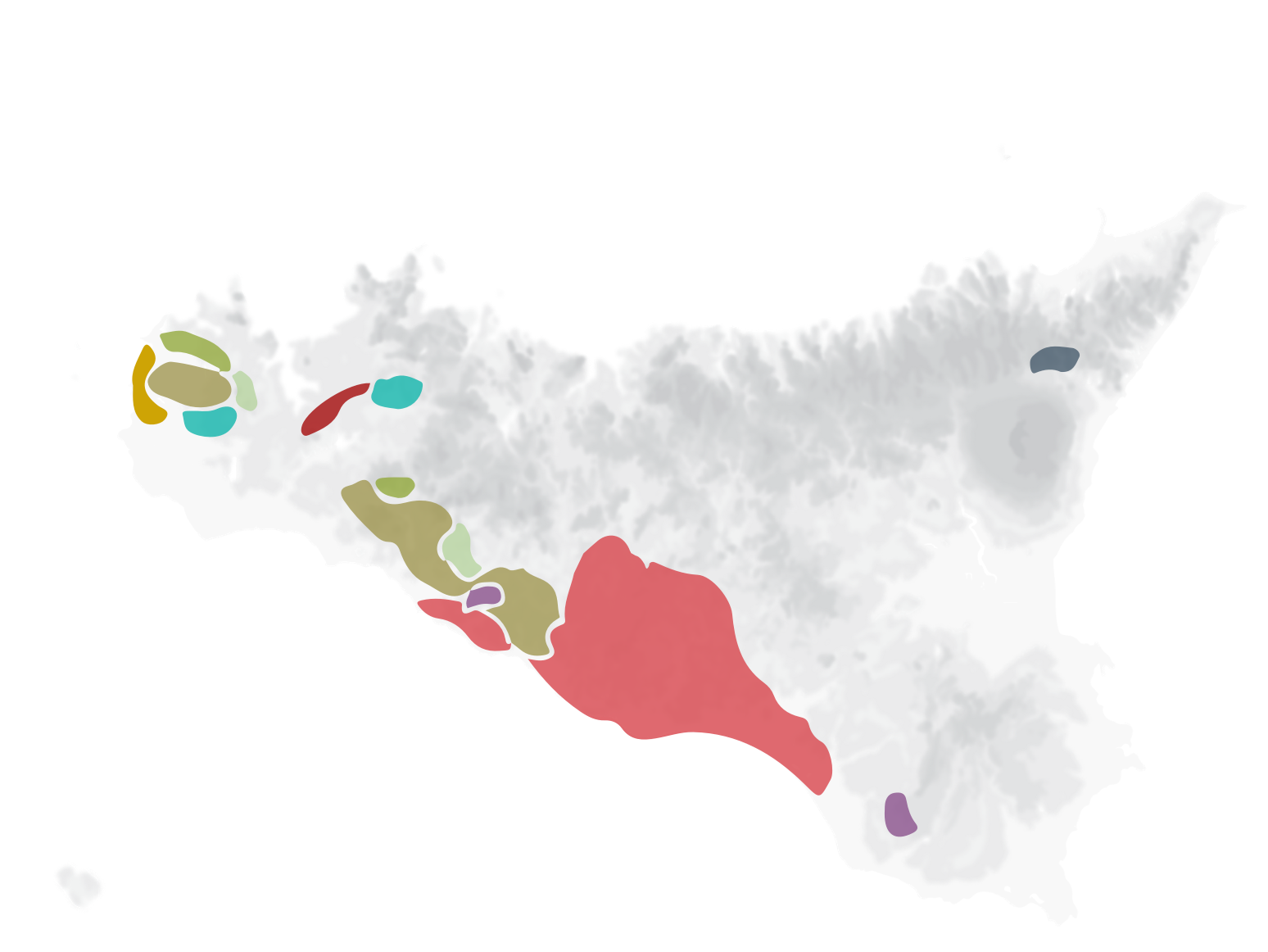

Prova
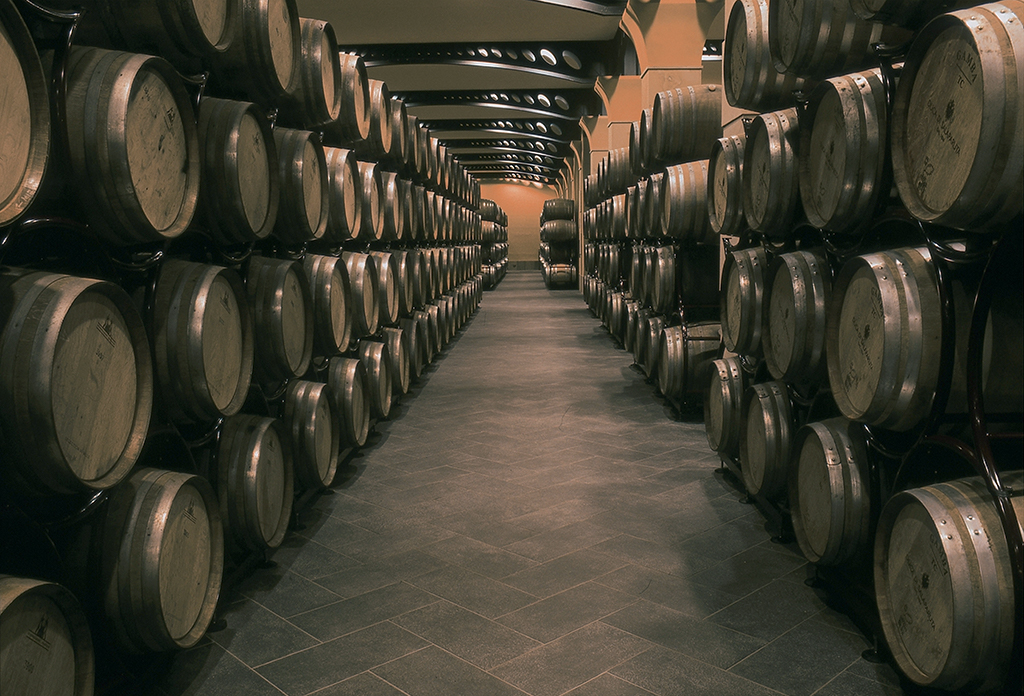


Prova



Prova



Prova



Prova



Prova



Prova



Prova



Prova


Nero d’Avola
An autochthonous black grape vine, among the best known in Sicily. Nero d'Avola is outstanding because it engenders wines with good acidity, rich in tannins and strong on body. Vinified with skill, it produces red wines of the highest quality, elegance and longevity. Cultivated in various parts of the island with very different results in terms of longevity and palate, its best vineyard locations are in mid-western and south-eastern Sicily. This is where the grapes are produced which later - vinified in purity or blended with other varieties - create harmonious wines, in some cases pleasant drunk young, in others austere and meditative. Its bouquet and refined Mediterranean palate are bold and direct, but never abrupt, hinting at fruity and spicy undertones. It produces medium to large clusters, with generally oval-shaped grapes of an intense bluish red colour. It is generally grown using alberello or espalier training methods.
Wines: Duca Enrico, Passo delle Mule, Triskelè, Calanìca Nero d'Avola and Merlot
Grillo
A white grape variety typical of the Marsala area, especially near the coastline, Grillo provides notable sugar concentration and a rich acidity. This characteristic, together with a propensity for aging unusual in white grapes, and an ability to generate wines with a high alcohol content, makes it particularly suitable for the production of marsala. This vigorous vine, however, can also be vinified in purity to produce wines of great organoleptic complexity, sapid and fresh, with grassy dry scents, best drunk young. The grapes are medium-large, yellow with green hues, and spherical in shape. Traditionally an alberello structure is applied, but sometimes a low espalier system is used.
Wines: Irmàna Grillo, Kados, Calanìca Grillo and Viognier, Star Grillo and Müller Turghau, all Florio Marsalas, Florio Spumante Brut
Syrah
A red grape variety with controversial origins, now cultivated all over the world. In Sicily it has found a territory which allows it to express itself well, thanks to its good resistance to climatic adversity, guaranteeing a low and constant production. Often used in blends with other varieties, such as Nero d'Avola, the wines it produces boast an intense and fruity aroma, with hints of small black fruits and spices, and bold black pepper accents. Persistent and soft on the palate, with a good structure and medium tannins. Small, oval grapes. The skin is blue, pruinose and not very consistent.
Wines: Calanìca Frappato and Syrah, Corvo Duetto Frappato and Syrah
Chardonnay
Originally from Burgundy, Chardonnay is an international white grape variety, grown in many parts of the world and used above all, but not only, for making sparkling wine. This grape variety, which generally offers generous and regular productivity, prefers warm and temperate climates, well-ventilated clay and hilly soils, but its incredible aromatic varieties emerge in different ways depending on the soil and climates in which it is grown. In Sicily this noble grape is bred mainly in the western part of the island, where it offers high acidity, delicately fruity perfumes and a harmonious and subtly sweet sensation on the palate, plus a fine aging potential. The bunch is medium-sized, tight, with small grapes characterised by a golden yellow colour with greenish shading.
Wines: Calanìca Insolia and Chardonnay, Star Insolia and Chardonnay, Duca Brut, Corvo Duetto Insolia and Chardonnay
Grecanico
White grapes of great use to producers of elegant and harmonious wines. Two types are grown in Sicily, differentiated by bunch density: one with loose bunches, cultivated around Trapani, and one with tighter clusters, grown in the rest of the island. Easy to grow, it is notably vigorous and offers high yields. A native vine introduced by the Greeks, Grecanico is pleasant, fresh and aromatic, rich in malic acidity. It features long cylindrical bunches, with small round grapes, yellow with green and pink hues in the parts exposed to the sun. It is grown in counter-espalier formation.
Wines: Duca Brut
Frappato
Frappato is an ancient native vine of uncertain origin, present throughout Sicily but whose areas of preference are the sunny zones of South-Eastern Sicily, in soils and microclimates traditionally suited to quality black grapes. The grape contains high levels of sugar and acidity, with a lowish production quantity that offers perfumed, fragrant wines, with fine acidity, soft and balanced tannins, extremely pleasurable on the palate. The cluster is pyramidal, very compact, with medium sized spherical grapes. Thick grape-skin, with a blue-violet colour. The vine is usually alberello-trained.
Wines: Calanìca Frappato and Syrah, Irmàna Nero d’Avola and Frappato, Corvo Duetto Frappato and Syrah
Insolia
A well-known and much appreciated grape in Sicily since pre-phylloxera times, due to its consistency, its varietal character and its softness. An ancient native vine, bred mainly in western Sicily in the provinces of Agrigento, Palermo and Trapani, its grapes engender wines with a proud and sensitive personality. The grapes feature low acidity accompanied by low sugar content. The vine’s yield is significantly affected by the territory in which it is grown and by its proximity to the sea, while the choice of harvest timing influences its personality. Large clusters with firm, solid grapes of a golden yellow colour.
Wines: Bianca di Valguarnera, Colomba Platino, Calanìca Insolia and Chardonnay, Star Insolia and Chardonnay; Corvo Duetto Insolia and Chardonnay
Nerello Mascalese
A red grape variety from the Etna area, where it has been cultivated for centuries on land made rich by ancient lava flows, Nerello Mascalese offers acidity, elegant tannins and a mineral component – heritage of this unique volcanic land – that sustains its refined and elegant aromatic properties. The altitude, cool climate and accentuated thermal excursion of the volcano determine a late ripening of the grapes, with the harvest often postponed until mid-October. The wine generally has a discreet ruby red colour and offers refined aromas in which spicy and mineral notes are combined with those of small red fruits. The cluster is generally elongated, cylindrical or conical, with medium-sized grapes and a pale colouring due to medium concentrations of pruinescence. It is grown mainly in the Etna area, but not only, with alberello-trained vine growing.
Wines: Làvico
Moscato Bianco
Cultivated for centuries in the Mediterranean area, widespread above all in Northern Italy, part of the Moscati family, quintessential aromatic vines. Highly recognisable thanks to its unmistakable bouquet of musk, peach, sage, wisteria and white flowers, in the mouth it is light but compact, with an agile and refined structure, fresh and slightly mineral, with strong citric notes. This is a vine that can vary greatly, depending on the territory and the winemaking process used. The cluster is medium, cylindrical or pyramidal, and can be either compact or loosely packed. The grape is medium sized, spherical, with a thin greenish-yellow skin that is only slightly pruinose.
Wines: Corvo Moscato, Ambar, Grecale, Spumante Florio Dolce
WINES WITH NERO D'AVOLA
WINES WITH SYRAH
WINES WITH GRECANICO
WINES WITH NERELLO MASCALESE
WINES WITH MOSCATO BIANCO
It may interest you
News & Events
Florio: an unexpected world
Built in tufo stone by Vincenzo Florio in 1832, the . . .
read more
News & Events
Duca di Salaparuta and Florio conquer the United Kingdom
Florio and Duca di Salaparuta have been honoured by Decanter, . . .
read more
News & Events
Làvico 2008 Duca di Salaparuta Gold Medal at the “Sélections Mondiales des Vins Canada”
A new, important recognition for Rosso dell’Etna: after the United . . .
read more
Go back
Blend Bianco
The blend of white grapes from central-western Sicily created by Duca di Salaparuta is based on the delicacy and refined personalities of native vines which are then carefully enriched by the acidity and the vivacious aromatic riches of international vines. A blend that offers an outstanding sensorial complexity combined with a surprising freshness.
Wines: Corvo Bianco, Oniris, Glicine
Wines with this grape variety
Blend Rosè
The choice of the degree of ripeness of the grapes – mainly grown in the hinterland of the province of Trapani – and the best moment to harvest them, is decisive in helping them yield all their acidity to the wine, as well as their varietal identity, thanks to a short maceration process. The blend created in the Duca di Salaparuta Winery is harmonious, a wine to be drunk young, which expresses all the brilliant carefree personality of the coastal areas from which it comes.
Wines: Corvo Rosa
Wines with this grape variety
Blend Rosso
In the heart of the Mediterranean, black grapes thrive in particularly favourable climates and territories. The blend of red grapes chosen by Duca di Salaparuta, all grown in the provinces of Agrigento and Caltanissetta, offers a smooth roundness and softness to a wine in which fruitiness and acidity are endowed by the presence of the supreme Sicilian grape, grown in these territories, the Nero d'Avola.
Wines: Corvo Rosso, Oniris Rosso, Glicine Rosso
Wines with this grape variety
Cabernet Franc
Wines with this grape variety
Carricante
Wines with this grape variety
Merlot
A black grape variety originating in the South-West of France, where some of the world's most prestigious grape varieties were born. Its ability to adapt to different climates and territories is a major strength. In Sicily this variety is grown in order to create wines with various individual characteristics, but always retaining its typical softness and roundness, which blends perfectly with Nero d'Avola above all. The cluster is moderately compact and pyramidal, while the grape is roundish in shape, with a medium-textured skin and a blue-black colour. It offers wines with a beautiful dark ruby red colour, a wide deep palate, and juicy accents of blackberries and cherries.
Wines: Triskelè
Wines with this grape variety
Pinot Nero
Originally from Burgundy, where it has grown for over 2000 years, in Italy it is grown mainly in the Northern Regions. However, Duca di Salaparuta decided to experiment with this variety on Etna, where altitude, climate, thermal excursion and volcanic soil add special characteristics to its grapes. Particularly difficult both to cultivate and to vinify, this black grape vine is highly sensitive in responding to its environment and is synonymous with outstandingly fine wines. Their delicate perfumes and subtle aromas vary according to the climate, the degree of grape ripeness and the winemaking techniques applied. On the palate, generally offering pronounced acidity, its performance is affected by the environment and the degree of grape ripeness. Pinot Noir can be vinified in both red and white, the latter by separating the skins beforehand to obtain the characteristic transparency that makes it the ideal base for fine sparkling wines. The grape bunch is compact and tight.
Wines: Nawàri, Sciaranèra, Corvo Pinot Noir
Sauvignon Blanc
Wines with this grape variety
Vermentino
Wines with this grape variety
Zibibbo
A vine producing aromatic white grapes and belonging to the Moscati family, Zibibbo is also known as Moscato d'Alessandria. Originated in Egypt and later spread throughout the Mediterranean basin, in Sicily it has found an ideal habitat, particularly in the coastal area near Trapani and on the Island of Pantelleria. Here it is cultivated for making wine, for direct consumption or for drying. Extremely versatile and rich in nuances, the wines created from these grapes are above all extremely sweet, with high sugar and alcohol content, but they can also be used to produce dry and sparkling wines. Zibibbo wines are extraordinarily rich, with a deep golden colour, an extensive spectrum that ranges from apricot, to flowers and to various types of honey. The palate is structured, sweet, full-bodied but also sapid, with assertive acidity and lengthy persistence with a velvety texture. The bunch is voluminous, compact and conical. The grape is large, sub-spheroidal, with a firm consistency and a fragrant, highly aromatic sweet pulp.
Wines: Morsi di Luce, Oxydia, Pantelleria, Passito di Pantelleria, Zibibbo and Zighidì
Wines with this grape variety



